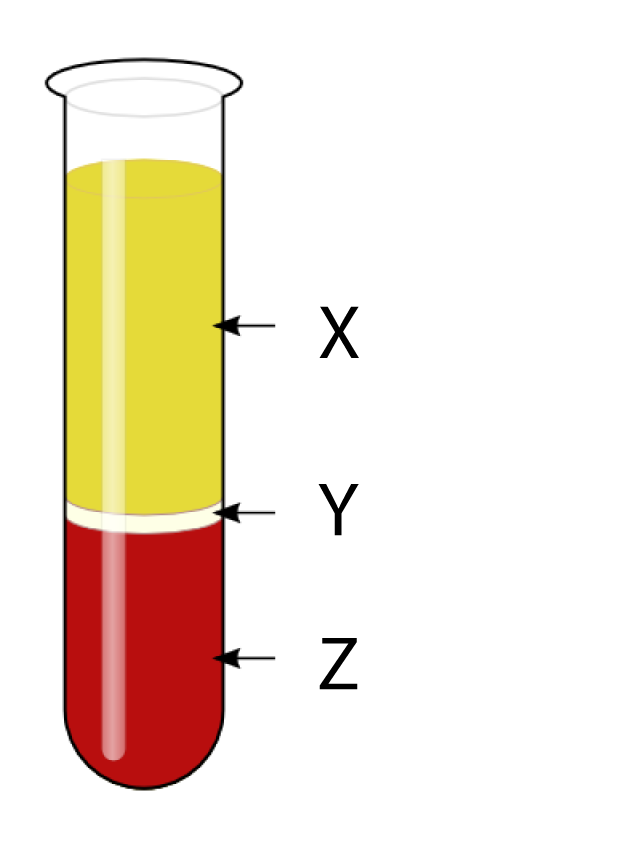Biology µGCSE:Blood
10 quick questions - for GCSE and iGCSE
10 minutes maximum! Can you do it in 5? |
|||||||||||||||||
|
1-4:Blood can be separated into its different parts using a centrifuge, as shown here:
|
 KnuteKnudsen | CC 3.0 |
||||||||||||||||
1. What is X?
| |||||||||||||||||
2. Which of these is not a function of X?
| |||||||||||||||||
3. In which layer would you find platelets?
| |||||||||||||||||
4. Platelets are used by the body to
..
| |||||||||||||||||
5-7: The image below shows some labelled blood cells:
|
Dr. Graham Beards | CC 3.0 | ||||||||||||||||
5. Which of the following is not true about cell X?
| |||||||||||||||||
6. Which of the following produces antibodies?
| |||||||||||||||||
7. Which of the following correctly states a feature of a red blood cell and a reason for that feature?
| |||||||||||||||||
8. In which of the following blood vessels would you find valves?
| |||||||||||||||||
9. Which of the following is correct about an artery?
| |||||||||||||||||
10. Capillaries are able to exchange substances with muscle cells because ..
| |||||||||||||||||